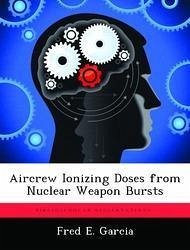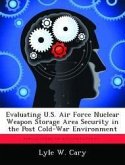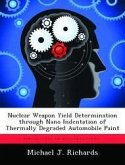Total radioactive doses to aircrew members have been calculated in the past using different methods. The methodologies include smearing models, disk-tosser codes, and puff models. This study uses output data from the Hazard Prediction and Assessment Capability (HPAC) code as input into a FORTRAN program written by the author to calculate total dose to aircrew members through sky-shine and cabin ingestion. A description of the input parameters and new project setup in the Nuclear Weapon (NWPN) module within HPAC is given. The various aspects of controlling the project and plotting the data are also described. This information is presented essentially as a user's guide to NWPN that is focused toward the baseline case of this study. The basic theory behind nuclear bursts including discussion about particle distribution is given. The particle distributions that are used in HPAC are plotted using different lognormal parameters in order to find a best fit for the data.
Hinweis: Dieser Artikel kann nur an eine deutsche Lieferadresse ausgeliefert werden.
Hinweis: Dieser Artikel kann nur an eine deutsche Lieferadresse ausgeliefert werden.








